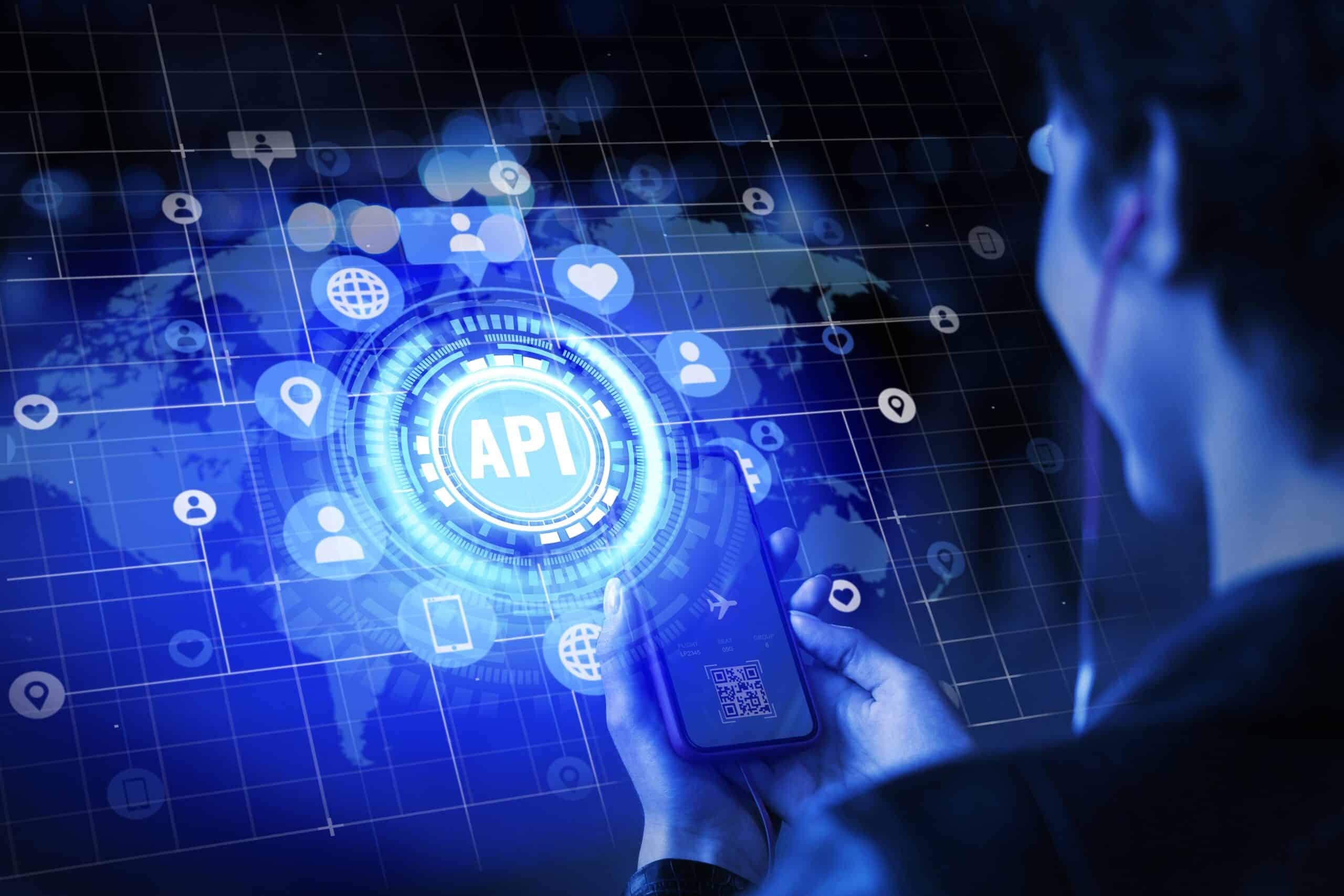APIs and Microservices are two fundamental concepts that are revolutionizing the world of software development. In this article, we will explore what APIs and Microservices are, how they work, and how they are reshaping software development.
What Is an API (Application Programming Interface)? An API is an interface that allows applications to communicate with each other, share data, and perform functions. It enables two pieces of software to interact, providing developers with a means to create software components quickly and efficiently.
What Is Microservices Architecture? Microservices are a software architecture that breaks down large software applications into small, independent services. These services are developed, deployed, and operated separately. This approach increases development speed while enhancing flexibility and scalability.
How Do APIs and Microservices Work?
- APIs enable communication between software applications. For example, a weather application can access data through a weather API.
- Microservices break down a large application into smaller services, each serving a specific function and capable of communicating with one another. This modular approach makes applications more manageable.
Transformations Brought by APIs and Microservices:
- Rapid Development: APIs and Microservices accelerate software development.
- Scalability: Microservices make it easier to scale applications.
- Flexibility: Modular architecture adapts to changes more efficiently.
- Independence: Each service can be developed and operated independently, simplifying error isolation.
Conclusion: APIs and Microservices are pivotal concepts ushering in transformative changes in the world of software development. When used correctly, these technologies enable faster, more scalable, and flexible software development processes.


